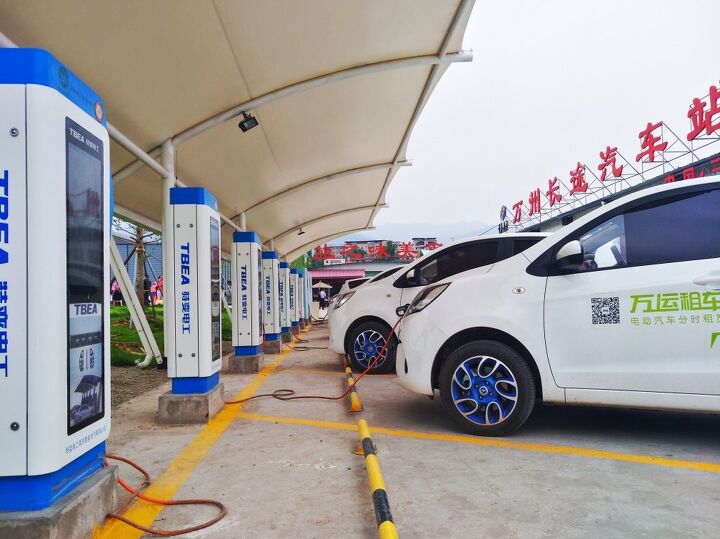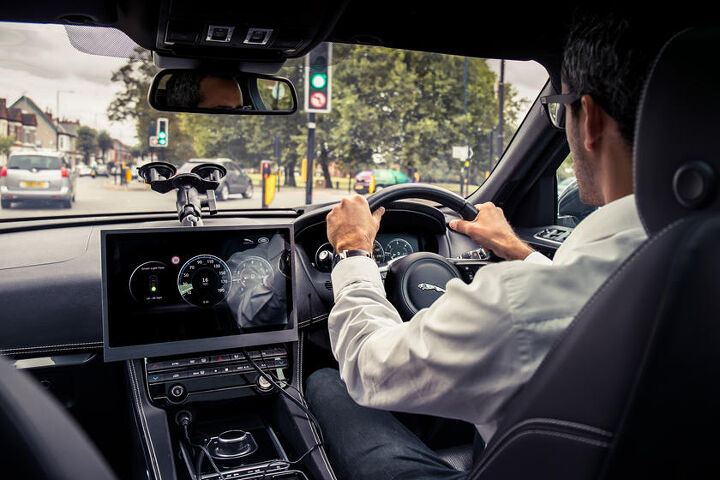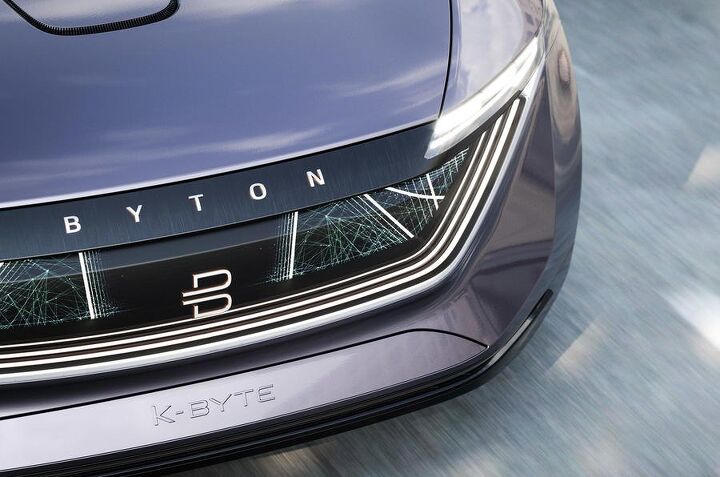#NewTech
Doing the Math Yields More Bad News for China's Auto Industry
Over the past several years, the Chinese government embarked on an aggressive electric vehicle push, hoping to mitigate the nation’s severe air pollution, reduce its reliance on oil imports, and foster a high-tech manufacturing sector that could put the rest of the world to shame. The result of these efforts? Hundreds of new EV companies, propped up by Chinese subsidies and investors, with no real future.
While it was known that most of these startups would never make it to the finish line, estimates of their survivability rate has grown increasingly bleak. For a time, it was assumed that most would die out — leaving anywhere between 5 and 10 percent to reach the assembly phase. However, NIO Capital’s Ian Zhu posited that the number was likely closer to 1 percent last August.
China is now pulling back its support, with many believing the industrial bubble is about to pop. And they have the math to back it up.
Putting a Stop to Stopping: Jaguar Land Rover Testing Green Light Speed Advisory Tech
Jaguar Land Rover has announced it will implement Green Light Optimal Speed Advisory (GLOSA) technology on a trial basis. The system utilizes vehicle-to-infrastructure (V2X) connectivity, allowing cars to “talk” to traffic lights while informing drivers of the speed they should travel to avoid having to stop.
GLOSA isn’t a new concept. In fact, it’s been kicked around for years as a potential way to minimize congestion and improve urban traffic flow. The theory involves creating a network of traffic signals that perpetually communicate with connected automobiles and encourage the vehicles to self-regulate their speed. The system works with timed signals, though implementing adaptive signals is believed to further improve the system’s overall benefits.
What's the Chinese Electric Car Startup Survival Rate? One Percent, An Investor Predicts
China has bit of a gambling problem when it comes to electric car manufacturers, though it should probably be referred to as a “gambling solution.”
The country dumps vast sums of money into hundreds of EV startups, effectively hedging its bets by placing chips on absolutely everyone. With $15 billion already invested, the nation intends to put another $47 billion toward the cause — plus whatever funding investment firms decide to contribute. While the strategy has definitely stimulated the economy, created jobs, and supersized the industry, there’s growing concern that creating a battle royale between startups could blow up in China’s face.
Even if it doesn’t, there’ll still be a bunch of automakers eating each other until only a handful remain. Previous estimates had that number riding around 5 percent of the whole. But NIO Capital, the Chinese investment firm that’s already invested a gratuitous amount of funds into advanced automotive tech, claims the actual number will be far lower — probably around 1 percent.


















Recent Comments